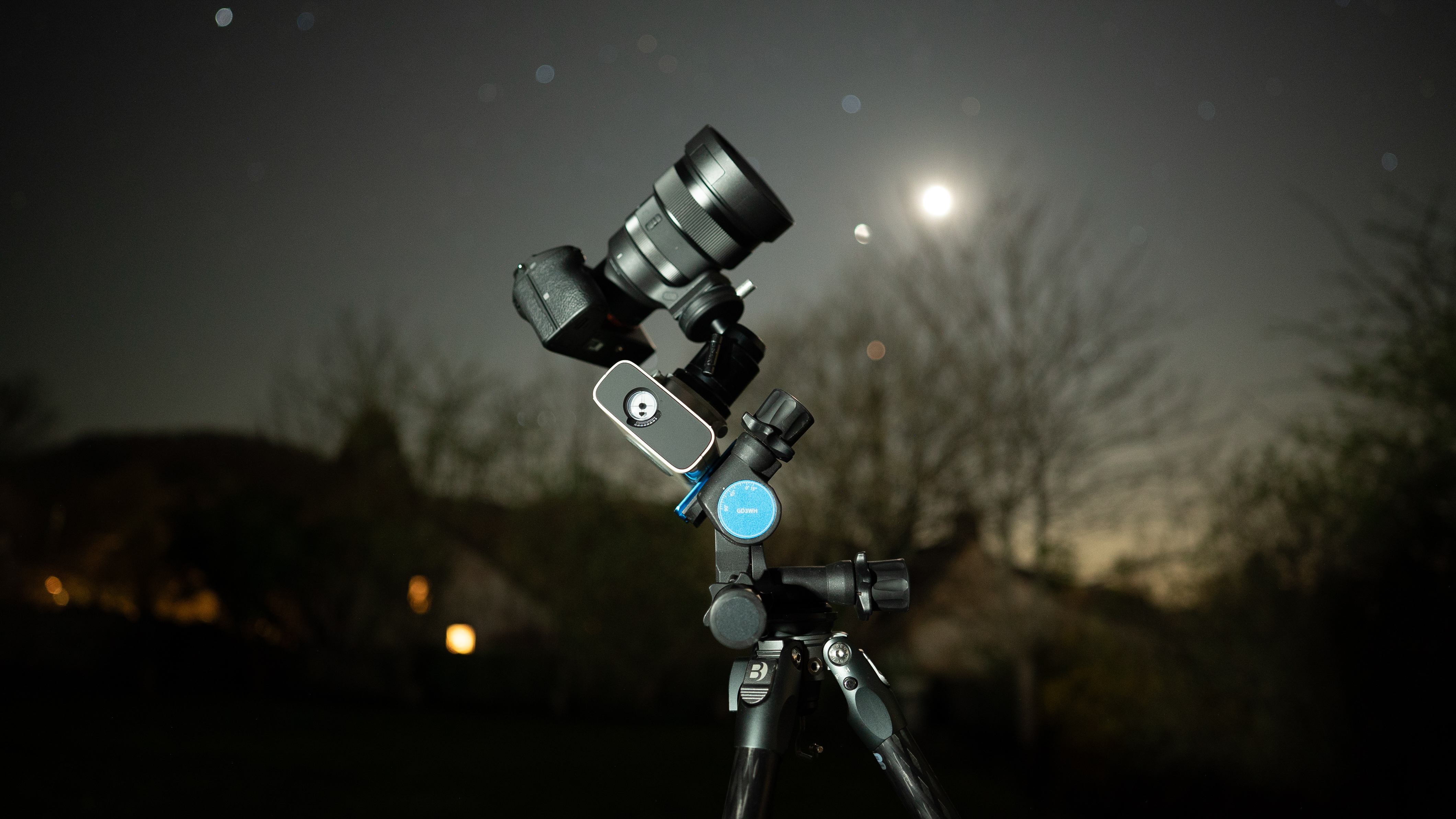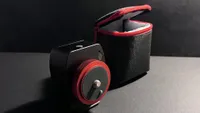Digital Camera World Verdict
For any avid photographer beginning their journey to the stars, the Vixen Polarie by Bresser is a great accompaniment in the photographer’s kit bag. Not only is the design of the unit compact and durable, but the unit is also well equipped to handle different sidereal movements (speeds) of celestial objects.
Pros
- +
Versatile unit that is both compact and well-designed
- +
Good number of sidereal speeds to track celestial objects
- +
x2 AA batteries offering 2 hours battery life plus external power supply
- +
Built-in tilt meter for simple setup
Cons
- -
Does not come with a built-in polar scope
- -
Not equipped with the M-155MA Tripod or QHD-33 ball head adapter
- -
Limited payload capacity for deep-sky astrophotography
- -
Ball head adapter only compatible with ¼ screws
Why you can trust Digital Camera World
The Vixen Optics Polarie is Bresser’s solution as a standalone unit, which was tested as a standalone unit for the purposes of this review.
Why do astrophotographers use star trackers? Over the course of the night, the positions of the stars and constellations appear to move. This is due to the rotation of the Earth on its axis, which, over prolonged exposures, results in star trails (in exposures that typically exceed 30 seconds).
A unit such as a star tracker is designed to do the opposite: to track the stars. They operate on the basis of polar alignment - in short, they are aligned to what is known as the celestial pole; the north celestial pole (NCP) for those in the northern hemisphere, the southern celestial pole (SCP) if located in the southern hemisphere.
Each has its own unique forms of alignment with known constellations and asterisms. Once aligned, the speed of your tracking mount can be dictated by the subject you are tracking. This could be different speeds for the sun, the moon, the stars themselves, or, as the Vixen Polarie attempts, a unique (½) ‘sidereal’ speed is adapted to capture images where both foreground and background stars are sharp and focused.
Once aligned, images can be acquired over prolonged periods in time (on heavy-duty mounts in particular - to utilise images of deep-sky objects - DSOs) to increase the signal-to-noise ratio of images. Boosting detail and limiting noise.
Constructed in mind as an ultra-compact effort, equatorial star-tracking unit. This portable unit produces a number of various speed settings, allowing for both wide-angle astrophotography as well as solar and lunar tracking.

Vixen Optics Polarie: Specifications
Tracking modes | ½ celestial, (mean) solar, (mean) lunar. Compatible for both northern and southern hemispheres |
Wheel Gear | 57.6mm dia. Aluminium alloy axis with full circle 144-tooth |
Worm Gear | 9mm dia. High tension brass |
Bearings | 2 pieces |
Drive | Pulse Motor (Stepper Motor) |
Allowable Loading Weight | 2.0kg (4.4lbs) |
Polar sight hole | 8.9’ FOV (Field Of View) |
Tilt Meter | 0-70’ (5 degree increments) |
Operation Duration | 2 hours at full payload capacity |
Optional Accessory | Dedicated Polarie Polar Scope |
Dimensions | 95 x 137 x 58mm (3.7 x 5.9. 9x2.3 inches) |
Weight | 740g (26.1 oz) without batteries |
Vixen Optics Polarie: Price
Compared to other portable models on the market, the Polarie is rated as being slightly better value compared to other comparable models on the market, justified by its extensive compatibility when imaging and tracking multiple celestial targets, as well as being machined to a quality design.
The best camera deals, reviews, product advice, and unmissable photography news, direct to your inbox!
Vixen Optics Polarie: Design & Handling
Overall, the design and handling of the Polarie are excellent. Appearing no larger in size compared to a conventional smartphone, the Polarie has been designed with portability in mind and is not overly heavy as a single unit.
The built-in tilt meter is a great feature to consider, as not only does this adjust the unit to the correct relative position of the celestial pole from your geographic location, but the built-in ‘preparation’ mode illuminates this dial using a red LED. So not only preserving your night-vision, but it can easily be adjusted with the use of a geared head mounted onto a durable tripod.
My only consideration, however, in accordance with Vixen's instruction, is the use of the QHD-33 Ball-head adapter (not included). Therefore, the photographer will need to either invest in a ball-head with a ¼ adapter, or if already in the kit bag, consider the unit incorporating a ¼” mounting. Therefore, a 3/8 - ¼ bracket will be needed for smooth operation.
Another consideration is the M-155MA Tripod (with built-in equatorial mount - not included). Whilst this is not necessary for the operation of the Polarie, a geared head can be used in its place as a secondary, durable solution, when pointing the unit towards the celestial pole.
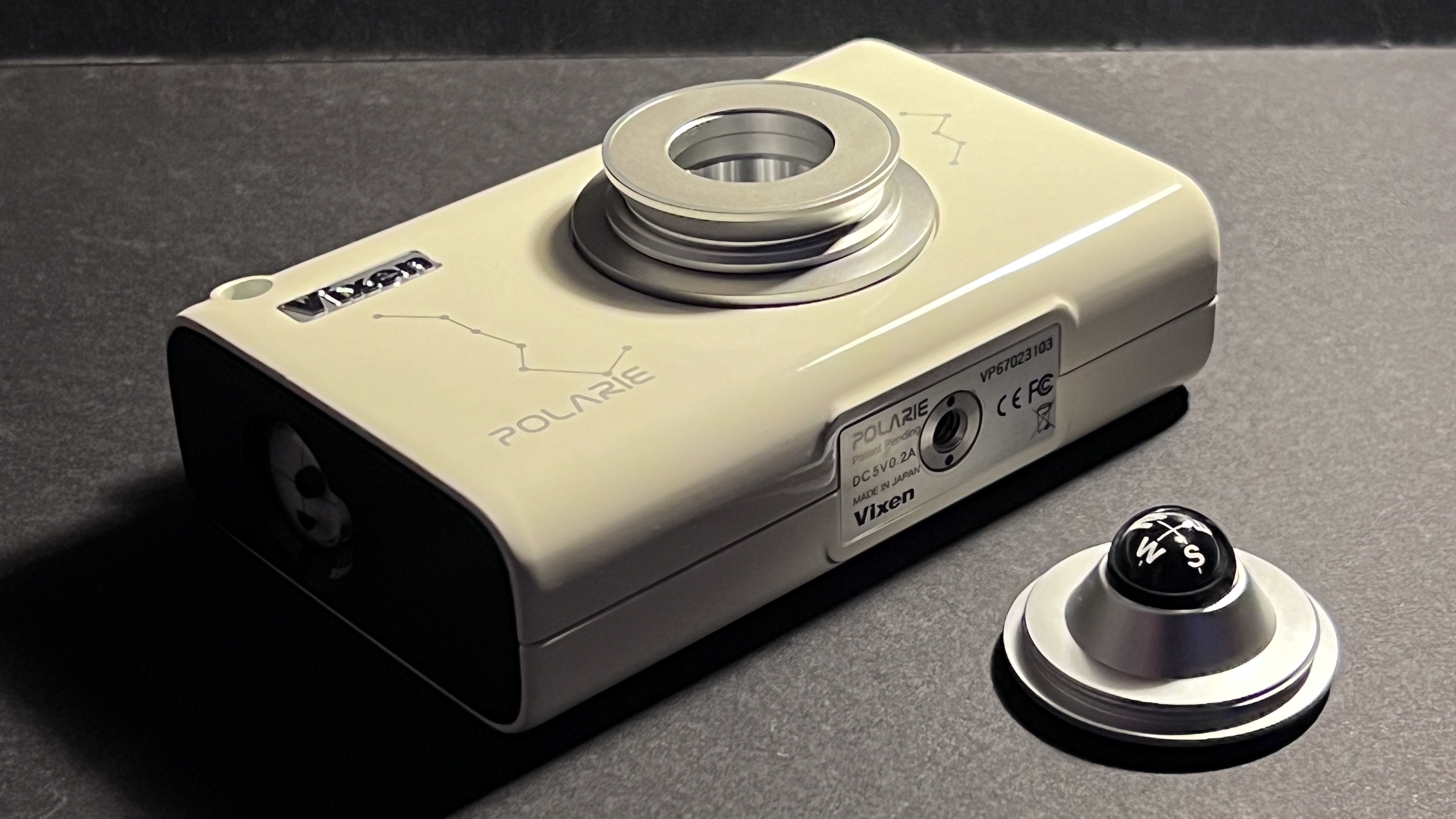
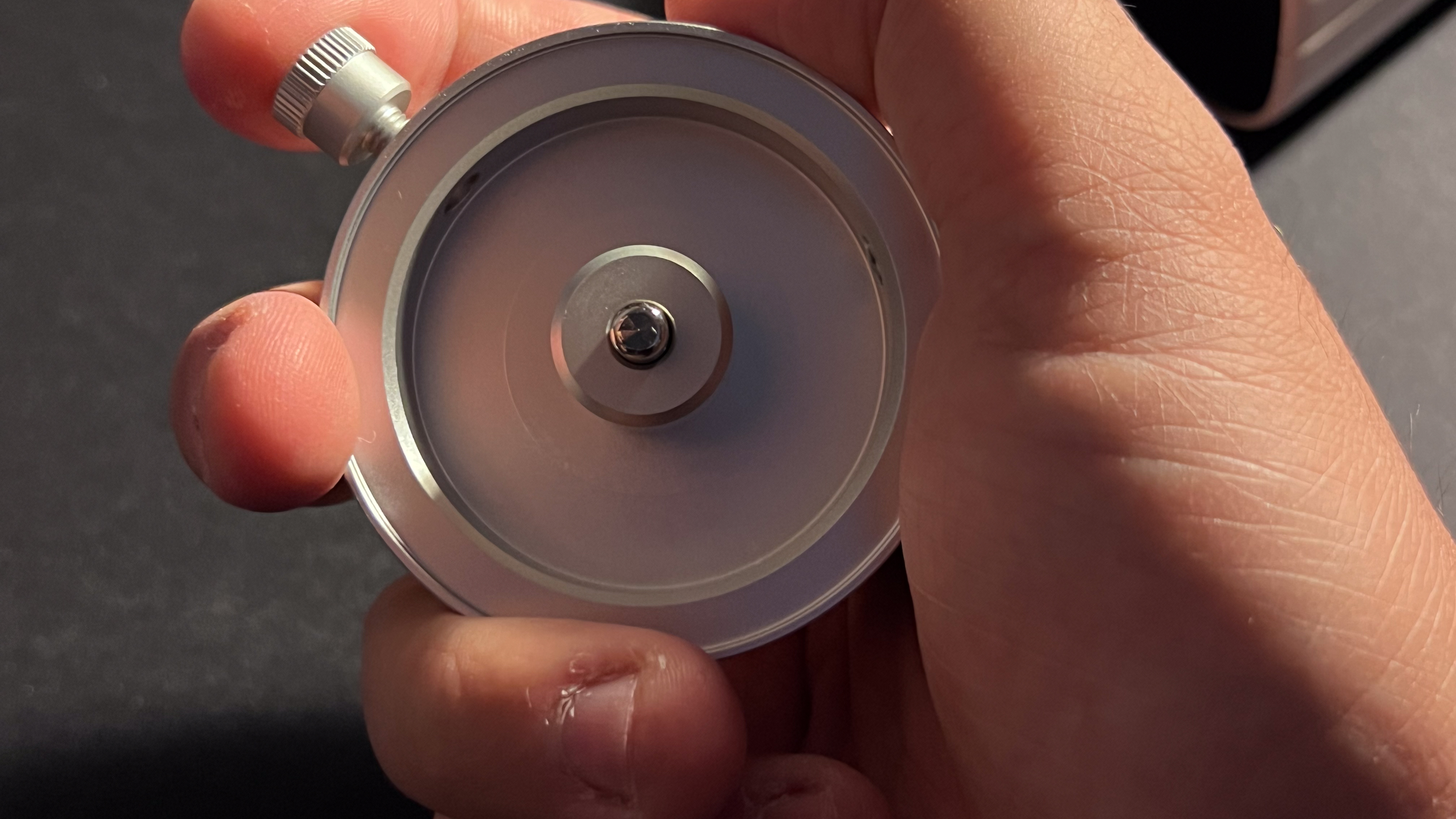
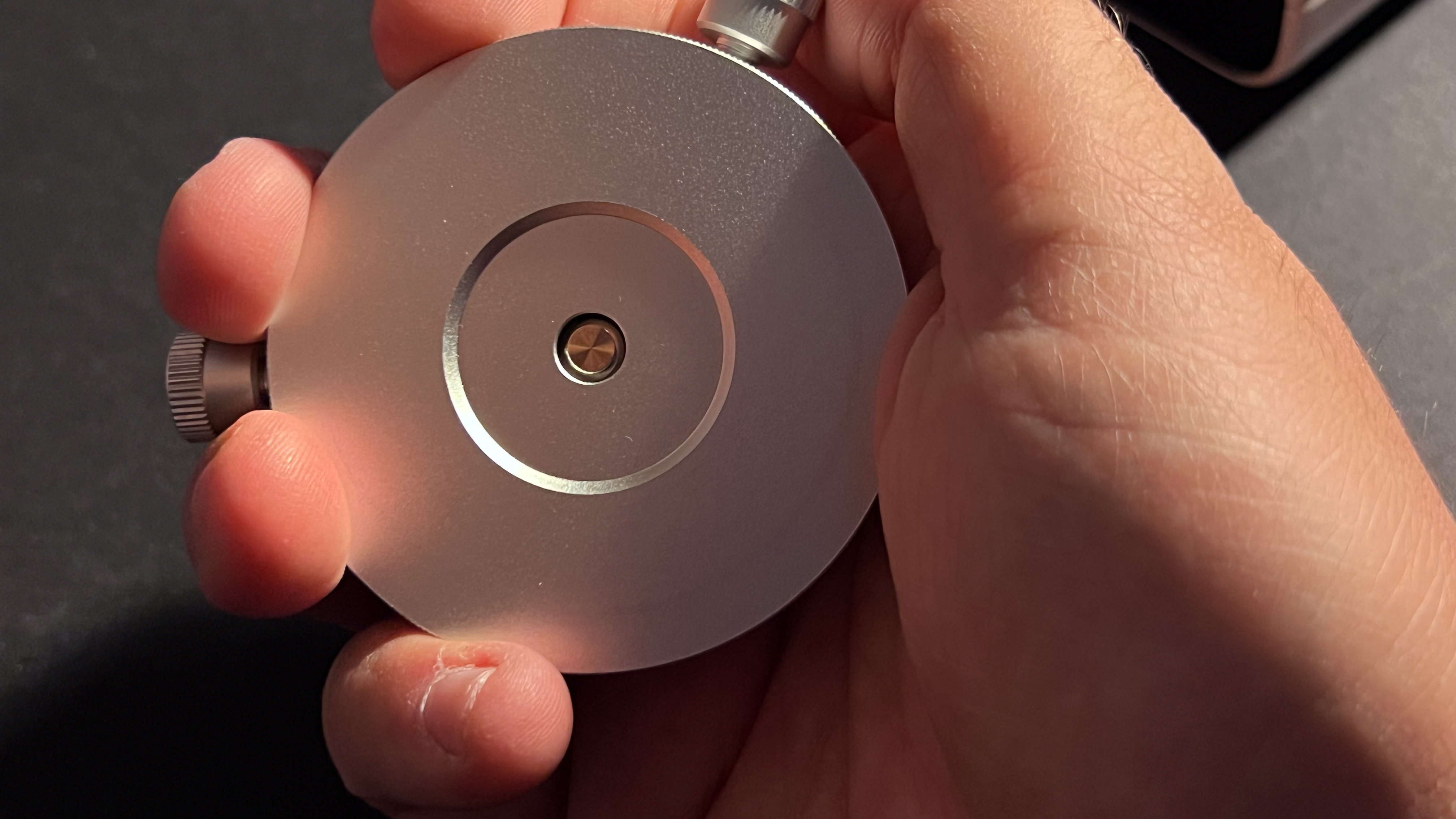
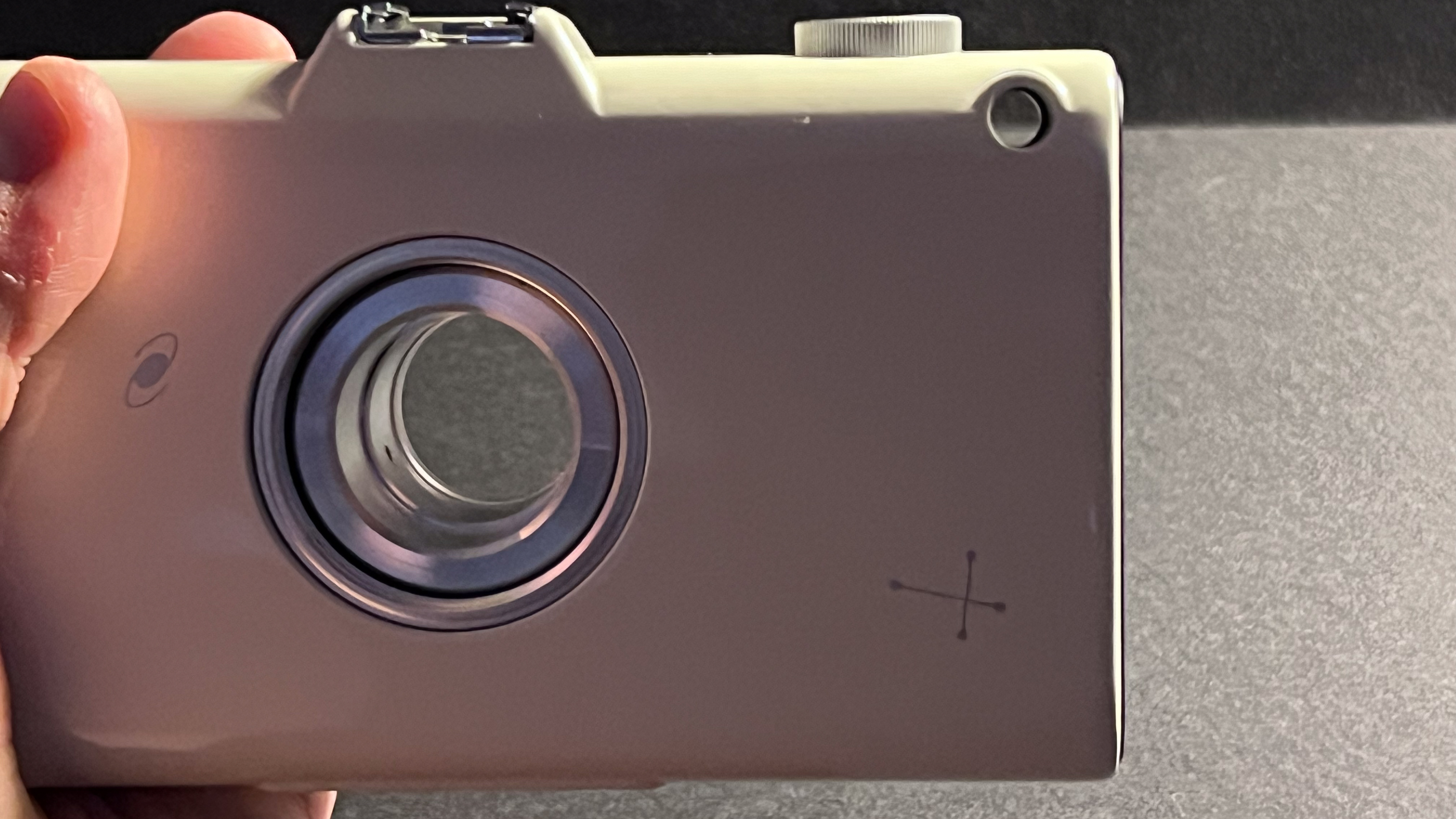
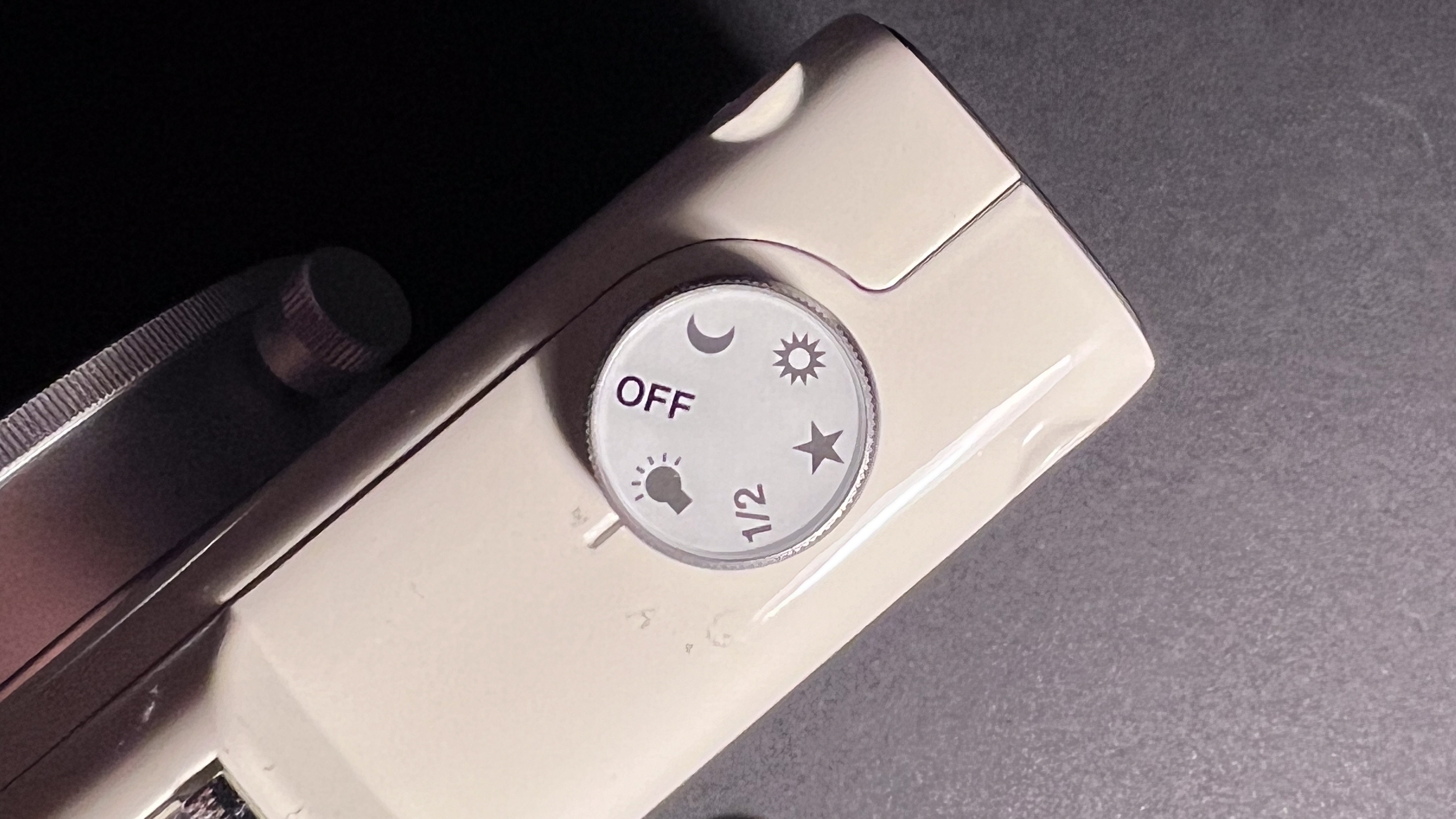
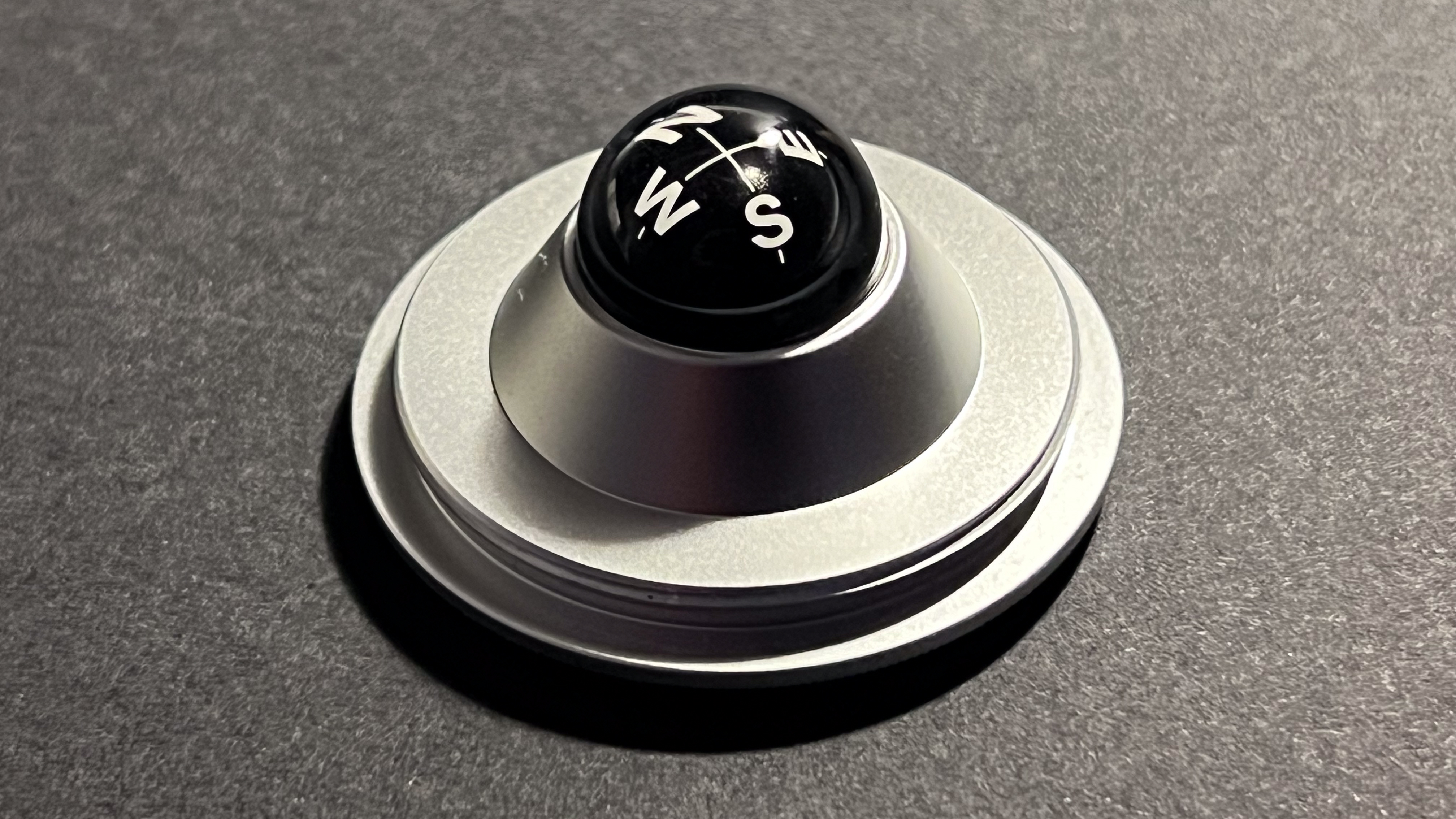
Vixen Optics Polarie: Performance
The performance of the Polarie was good in terms of alignment in the context of its payload capacity and available features included with the unit. In the instance of using the polar sight-hole, it can only be used to perform a rough polar alignment. Therefore, it is a good option for an introductory unit to star tracking, but ideally, the optional POLARIE polar scope is needed to perform a more perfect polar alignment, when measuring in arc-minutes, at an extra cost.
The Polarie was operated using 2 conventional AA Alkaline batteries. So whilst offering an operating time of 2 hours would benefit standalone tracked images of the sky, an external power source is recommended if needing to operate the unit for greater periods of time (if, per say, to capture hydrogen-alpha emission over an extended period of time). The base plate was easily removed to attach an external ball head with a ⅜ to ¼ “ adapter when attaching a Sony A7SII and Sigma 20mm F/1.4 DG DN lens.
What I thought was a great consideration was the ½ sidereal speed consideration. As is typically with star trackers, images are captured from a static perspective to obtain foreground data and tracking at a sidereal rate for the stars, blending both images together. However, this speed makes it possible to retain a somewhat clear image of both the stars and to eliminate the diurnal motion of the stars.
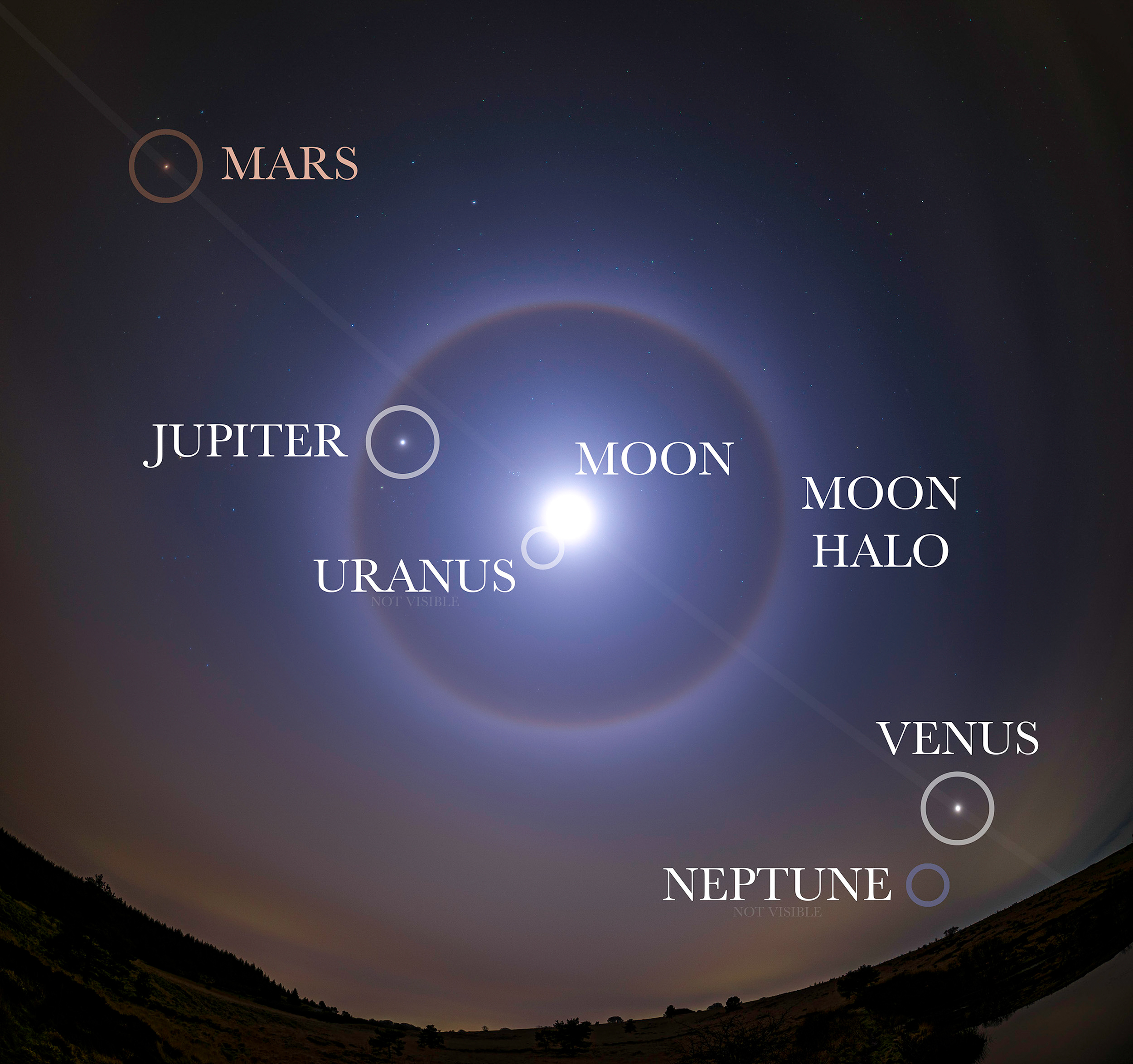
Vixen Optics Polarie: Verdict
Overall, I would rate the Vixen Polarie as a great unit to attune more avid photographers to the process of star tracking and for taking longer exposures of the stars. Between 6-8 minutes on a rough polar alignment when adapted to wide-field astrophotography with a 20mm focal length. I would note, however, that those wishing to extend their exposure times will need to consider the optional accessory of the additional polar scope for a more attuned alignment.
Features ★★★★★ | Equipped with the majority of tools to benefit quick setup and polar alignment. Easy to operate features and setup to a durable tripod and arca-swiss style plate. |
Design ★★★★★ | Modern, sleek finish constructed of aluminium alloy. Giving the impression of being built to last, that is both portable and lightweight. |
Performance ★★★★☆ | Overall marked as good. Could be more flexible in terms of incorporating a polar scope considering it’s price bracket, otherwise allowing only for a rough polar alignment. Therefore I would consider this package to be more attuned towards avid photographers. |
Value ★★★★☆ | Slightly more expensive than those on the market and aware of additional extras needed to perform a more accurate alignment. However, aware of increased functionality and extended use with built-in speed operation. |
Alternatives
As suitable alternatives, the Move Shoot Move Nomad can be considered a suitable alternative, in terms of a portable star tracking solution that is within a slightly cheaper price bracket for consideration of a more simplified approach to polar alignment.
<p><strong>Read the full <a href="https://www.digitalcameraworld.com/optics/telescopes/move-shoot-move-nomad-review"><strong>Move Shoot Move Nomad review<strong>...You must confirm your public display name before commenting
Please logout and then login again, you will then be prompted to enter your display name.
